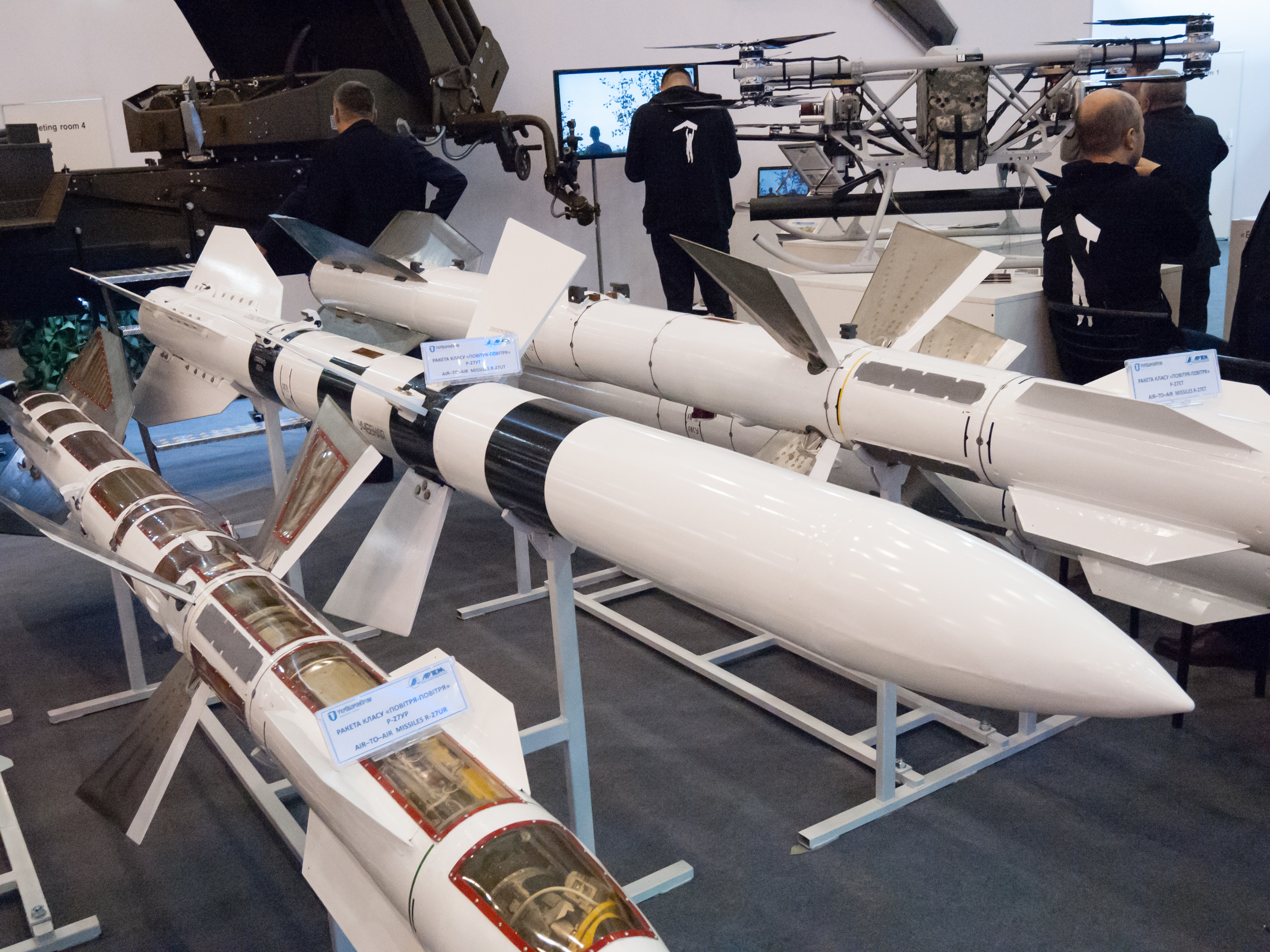A Russian defense firm claims it is developing a new short-range air-to-air missile called Izdeliye 300M. The weapon, being manufactured by Vympel NPO, is said to be as lethal as the US-made AIM-9X Sidewinder missile.
As Boeing & Tata Collaborate, New Production Line Announced For Key Components of 737 Planes
The Moscow-headquartered Vympel NPO is a research and production company that is known for developing air-to-air missiles, both short-range and long-range designs.
Started in the Soviet era as an OKB (experimental design bureau), the defense firm is a part of the parent company JSC Tactical Missiles Corporation (KTRV) and produces anti-ballistic missiles and anti-aircraft missile systems.

An air-to-air missile (AAM) is fired from an aircraft for the purpose of destroying another target aircraft. These missiles are typically powered by one or more rocket motors that are usually solid-fueled but sometimes liquid-fueled as well.
The AAMs are put under two categories, short-range and medium or long-range missiles. The short-range or “within visual range” missiles (SRAAMs or WVRAAMs) are missiles that have been designed to engage opposing aircraft at ranges of less than 30 kilometers.

AAMs are known as “dogfight” missiles due to their ability to optimize their agility rather than a range. Most short-range missiles use infrared guidance and are called heat-seeking missiles.
On the other hand, the medium or long-range missiles (MRAAMs or LRAAMs), which both fall under the category of beyond visual range missiles (BVRAAMs), rely upon radar guidance.
According to inputs provided by the Air Force Technology, some of the most effective air-to-air missiles known to mankind include the Meteor BVRAAM, IRIS-T (Infrared Imaging System – Tail/Thrust Vector Controlled), and AIM-9X Sidewinder missile.

According to Vympel NPO, the new missile under the Izdeliye 300M project is related to a previous design that would have provided a similar performance as missiles like the AIM-9X Sidewinder or the European Advanced Short-Range Air-to-Air Missile, or ASRAAM.
The revelations regarding the new project were made in a recent edition of the in-house magazine belonging to the Vympel.
The defense firm in its corporate publication confirmed that it was carrying out research and development work on Izdeliye 300M project.
The Russian word ‘izdeliye’ means ‘article’ and is used as a prefix to most in-development missile programs in the country. On the other hand, the ‘M’ used in ‘Izdeliye 300M’ denotes a design that has been ‘modernized’.
“This year, a range of scientific research and design work was undertaken within the future development foundation with the aim of creating a scientific-technical section for future innovations within the State Arms Order, and also boosting the export potential of the articles delivered by the company,” read the article published in the Vympel NPO magazine.
“The new work in the future development foundation includes the creation of an outline for the future Izdeliye 300M, research on ballistic characteristics of articles with combined engine (propulsion) installations, and also experimental evaluation of the effect of changes in antenna arrays on the main characteristics of radar seeker heads.”
The article mentions that the firm has partnered with “various industry scientific-research organizations” as well as the Moscow-based Bauman State Technical University, on these projects.

According to a defense writer, Thomas Newdick, the Izdeliye 300M designation may be new, but it clearly suggests a continuation of an earlier advanced short-range air-to-air missile program known by the name of ‘Izdeliye 300’.
The older missile, which was alternatively known as the Vympel K-30, was developed in the 1990s and was intended to succeed the Vympel R-73 missiles.
No further details regarding the performance of the new Izdeliye 300M have been released yet by Vympel. However, according to Newdick, the original Izdeliye 300 was expected to have a new imaging infrared seeker.
The feature would have enhanced the abilities of the missile to strike targets that were twice as far away as compared to the original R-73 missiles.
Follow EurAsian Times on Google News




